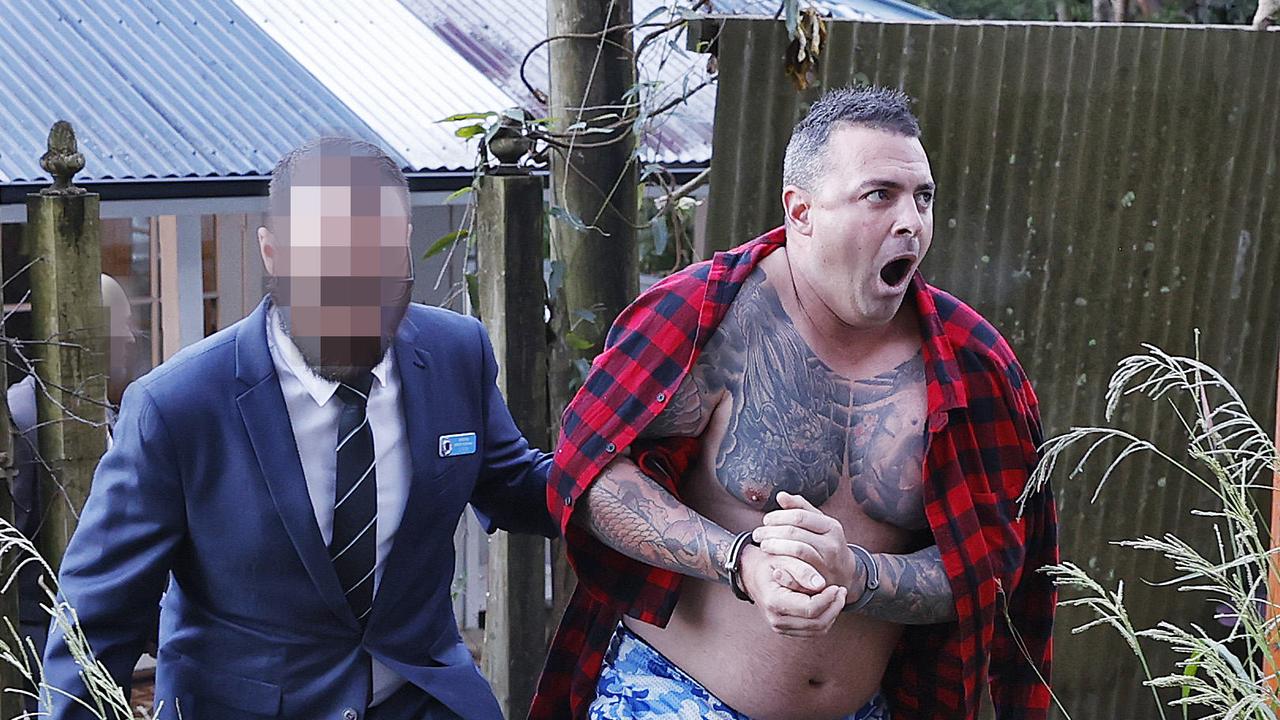Chronic Inflammatory Response Syndrome (CIRS): could you be affected?
IT’S the mystery disease which can start inside your home, and spread to your furniture, clothes and belongings, and the worst part is that thousands of people are suffering in silence. Here’s the symptoms.
- Mosquito season: Ross River virus risk warns NSW Health
- Producer Kayne Taylor brings Reaching Distance to Avoca Beach
IT’S the silent disease which can start inside your home, and spread to your furniture, clothes and belongings.
No one know when it could strike, but when it does it can be debilitating and turn your world upside down. And the worst part is that thousands of people are suffering in silence.
Nobody knows the devastating effects of Chronic Inflammatory Response Syndrome (CIRS) — also known as mould illness or sick-building syndrome — more than Robertson federal Liberal MP Lucy Wicks who became ill in 2015 when a tree crashed through her home during storms. When the walls were ripped up, black mould was exposed.
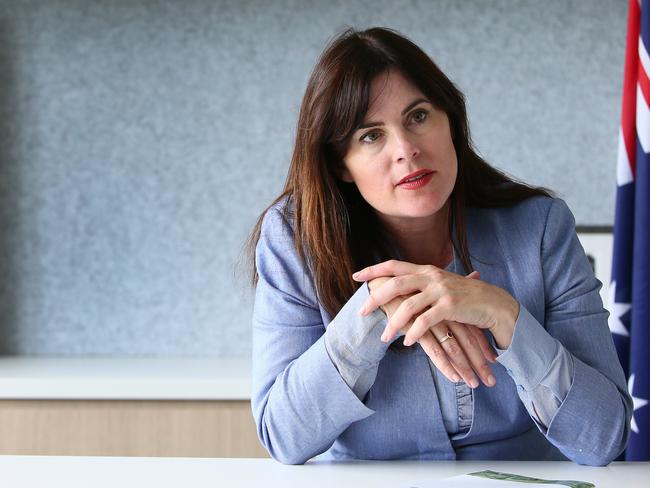
The mother or two’s world was turned upside down when all of a sudden the buildings she was walking into were making her ill. She had chest infections, chronic fatigue and memory lapses.
“A year ago I would walk into a building and two hours later my body would be burning,” she said.
“Before I went public about it, people may have portrayed me as rude or too busy to come to their function. I shared my story to help the electorate understand why I do my job differently, why I sometimes hold meetings outside.”
SYMPTOMS
■ Chronic fatigue and weakness
■ Feeling much worse after exercise
■ Headache
■ Vertigo
■ Difficulty thinking clearly
■ Muscle and joint pain or cramping
■ Hypersensitive eyes
■ Cough
■ Recurrent sinus congestion
■ Shortness of breath, even at rest
■ Digestive issues
Mrs Wicks has been the driving force behind a parliamentary inquiry into Biotoxin-related Illnesses in Australia.
A report, by the Standing Committee on Health, Aged Care and Sport, was recently tabled in the House of Representatives with seven key recommendations.
The recommendations focus around supporting medical professionals to identify, diagnose and treat Biotoxin-related illness and more research into CIRS.
It looks at water-damaged buildings, recommending the Federal Government develop standards and guidelines for mould testing, remediation and conduct investigation into current building codes around mould.
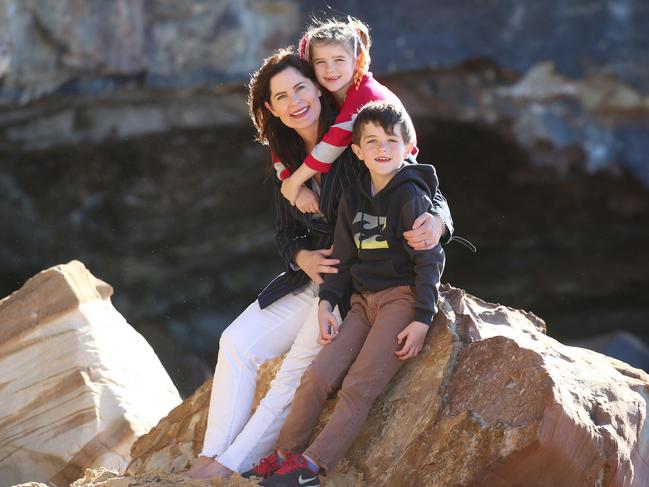
“It looks at having owners of rental properties disclose pre-existing water damage for tenants,” Mrs Wicks said.
“We have mandatory reports for pest inspections and termites, so why not mould? A lot of this is invisible and silent.”
Mrs Wicks said since going public with her story, she has received a huge response at a local level.
“Their stories are not okay,” she said. “We need guidelines and some research. It’s a silent epidemic. The shame of carrying something no one understands is enough to keep you silent.”
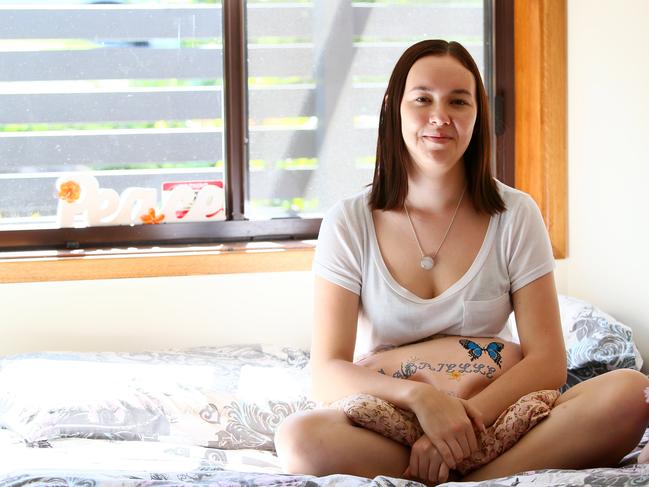
GABBY’S STORY
NARARA’S Gabby Lopez was a healthy teenager heading into Years 11 and 12.
She had the world at her feet until a tree crashed through the family home during a storm four years ago. She wasn’t hit or injured, but something soon became horribly wrong after black mould started to appear on the walls.
“All of a sudden I didn’t feel well,” the 20-year-old told the Express.
“At times I lost vision and my heart would all of a sudden start beating rapidly. I would get puffy lips and swollen eyes. I went to the doctor so many times, and hospital, and it was put down to depression and anxiety. But I knew that wasn’t the problem.”
Ms Lopez said her symptoms started to affect her studies.
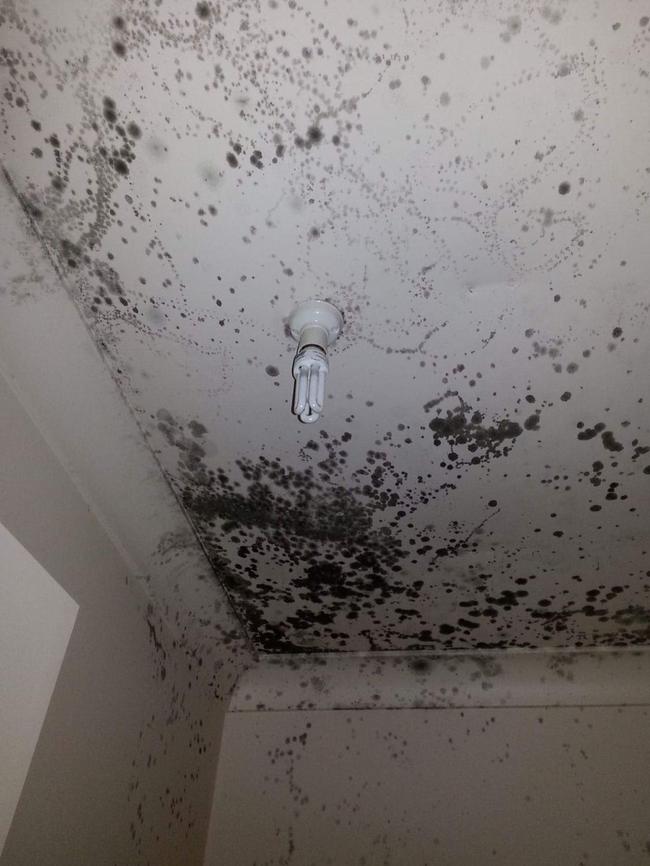
“Year 11 and 12 were horrific,” she aid.
“I couldn’t retain anything even thought I was studying 24-7. Beforehand I was getting really good grades but then they were average.
“I all of a sudden didn’t want to go out with my friends. I thought it was social anxiety. I didn’t lose friendships, put people did stop inviting me places. And when I did go out, I felt horrible.”
During a local door knock, Mrs Wicks visited the Lopez family and soon realised they had something in common.
“We met with Lucy at a coffee shop, and it was such a relief to hear someone was going through similar symptoms and it wasn’t just me,” Ms Lopez said.

“It made me break down.”
This led to the teen being diagnosed with CIRS, followed by treatment which has considerably improved her health. She is now in her second of year, studying biomedical science (virology) at the Australian Catholic University. However, while she is generally feeling better, she has serious ongoing health issues, unaware if they related to CIRS.
“It’s so understudied, it’s all guess work at the moment,” Ms Lopez said. “It would be good to see more people have the confidence to come forward.”
THE DREAM
Mrs Wicks said since the recommendations have come out, many patient advocacy groups are saying they feel validated.
“Many people don’t believe CIRS exists,” she said.
“If the Government adopts the recommendations it will give validation for this horrible condition that is not understood.
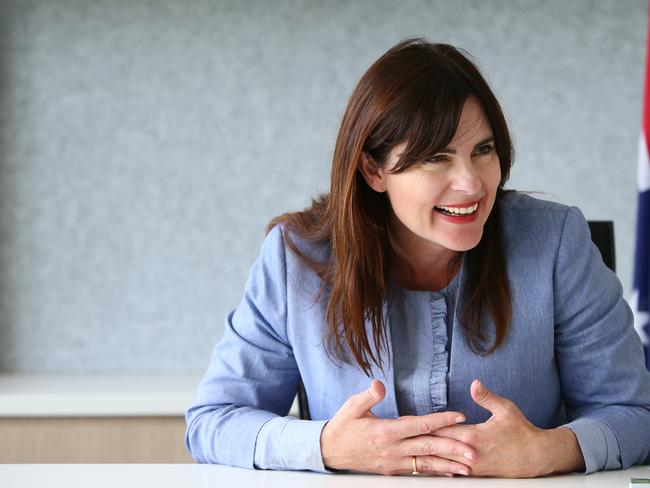
“My dream is for people to be able to walk into any bulk billing GP and be able to be treated and know what’s going on. I want people to be able to walk into shopping centres, schools and any buildings and be well.”


